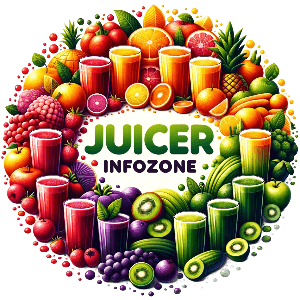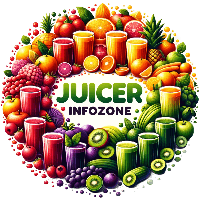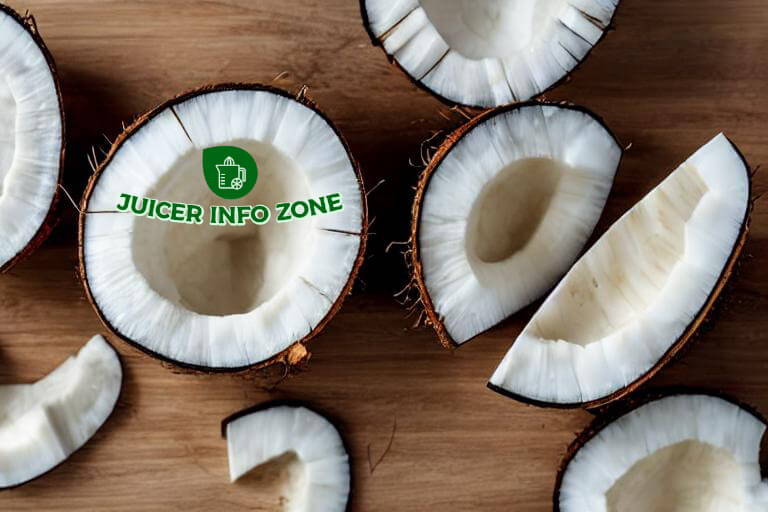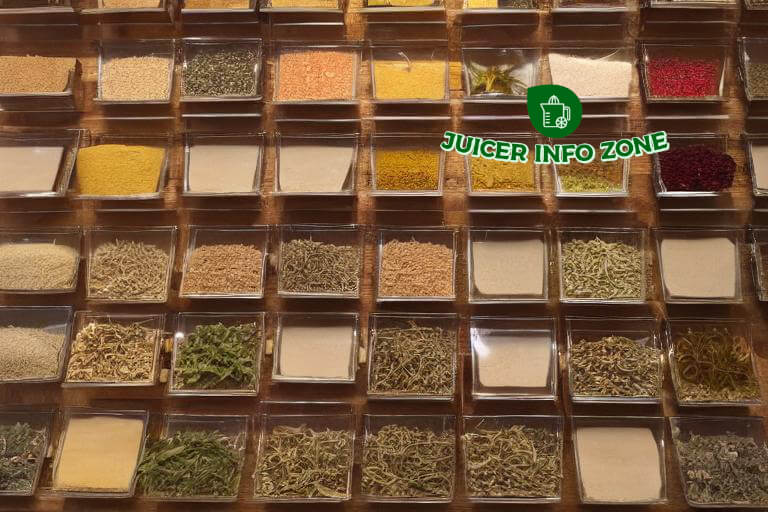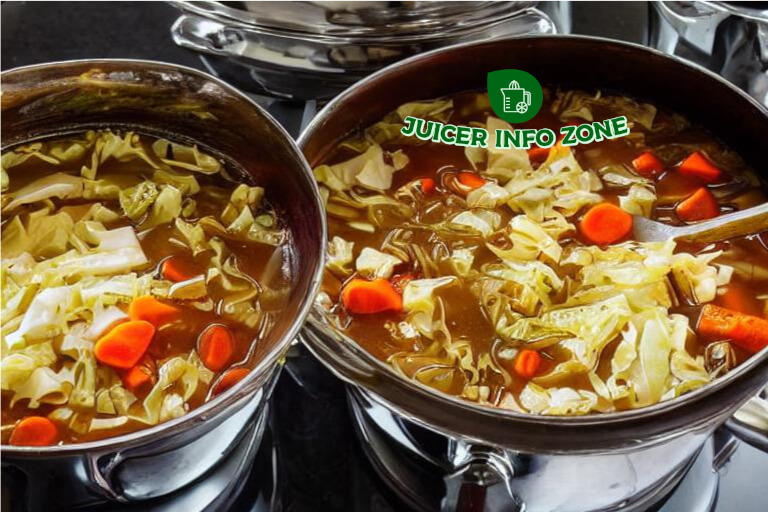The Special K Diet | Does It Work?

First, it’s important to understand that to be successful at hitting your fat loss and overall fitness goals, you have to stop thinking about “a diet” as something you do before your vacation to the Caribbean. Your “diet” is a combination of your choices in food and your lifestyle, not something you do for a few weeks. In other words, it’s a long term commitment to eating more healthy.
That said, can eating Special K cereal help you lose body fat or weight?
What Is The Special K Diet?
According to Kellogg’s website, the Special K Diet has you eating a serving of Special K cereal for breakfast with 2/3 cup skim milk and some form of fresh fruit, or a Special K waffle with light syrup.
You then replace another meal with a serving of Special K Cereal, or one of their “meal replacement” products, which is typically a Special K Protein Bar. You then eat your third meal (dinner?) as you normally would.
The Special K diet then allows you two snacks during the day, but they need to be Special K products — either Special K cereal or their pre-packaged snacks like Special K Protein Snack Bars, Protein Water and Mixes, Special K Cereal Bars, or Special K Snack Bites. You are also encouraged to eat fresh fruit and vegetables throughout the day.
With this diet plan, they tell you that you can lose up to “1 inch from your waist in two weeks.”
Does the Diet Work?
The Special K Diet may help you lose weight and body fat, but realize that there is nothing “special” or “magical” about the Special K Diet.
This diet (like many crash- or fad-diets) simply works based on the principle of “calorie reduction.”
By substituting Special K cereal and skim milk for your morning bagel with cream cheese and maybe your Jimmy John’s sub for lunch, you’ll naturally decrease your calories for the day. No doubt you’d lose fat and weight.
But it’s not because of the cereal choice. You could accomplish the exact same result by eating a bowl of oatmeal with fruit or egg whites for breakfast, and a salad with grilled chicken breast when lunchtime rolls around.
For example, let’s say you followed the Special K diet advice to a “T” and had:
- 1 bowl of Special K cereal with skim milk for breakfast (180 calories)
- 1 bowl with skim milk for lunch (180 calories)
- 1 Special K snack bar in the afternoon (100 calories)
- A (spartan) 500 calorie dinner
- 1 Special K snack bar for an evening snack (100 calories)
- Vegetables and fresh fruit in between the tiny meals referenced above (200-500 calories)
That would put you at around 1500 total calories for the day — which is about where an average person would need to drop something near a pound of fat per week.
The problem is that this isn’t very much food volume wise, because there is almost no fiber in any of the Special K products, which make up more than 50 percent of your food for the day. And because the Special K products are so highly processed, you’ll likely end up feeling hungry most of the day. Not to mention that the lack of variety will make this diet get very boring, very quickly. This makes it less likely that you’ll stick to the eating plan.
You could easily hit this 1500 calorie goal with more nutritionally-dense, better tasting and healthier foods and never have to touch a Special K product.
So it’s not really about the Special K cereal at all. Instead, it’s about substituting less calorie-dense foods for your meals.
Is the Special K Diet Healthy?
The biggest issue with the Special K Diet is that Special K cereal just isn’t as healthy as the marketers at Kellogg would have you think.
Special K is a highly-processed cereal, which means they have stripped out the fiber from the grain and replaced most of the natural nutrients that you’d get with a whole-grain breakfast cereal like oatmeal with synthetic vitamins.
And because it’s so refined and contains very little fiber, it has a high glycemic load. This means the carbohydrates in Special K are rapidly digested by the body and spike insulin levels, which can leave you hungry and low-on-energy later in the day. Basically, Special K is corn flakes with added vitamins. Nothing more, nothing less.
The diet also recommends consuming Special K brand snack bars, cereal bars and snack bites. Again, all of these products are made from highly-processed grains, have little or no fiber, are relatively high in simple sugars and are loaded with preservatives and ingredients that you can’t pronounce.

The reason they “work” as part of the Special K Diet is that the portions for these snacks are so small, that they can keep the snack under 100 calories in general.
To illustrate the point, let’s compare Special K Original Cereal to Kellogg Corn Flakes and Oatmeal:
TO COMPARE
Kellogg’s Special K
Tried & True Family Nutrition
A good, low-fat source of 11 vitamins and minerals; Contains folic acid, B vitamins, and iron; Contains Vitamins A, C, and E as antioxidants women need (beta-carotene (source of vitamin A)); No artificial color or flavors
Kellogg’s Corn Flakes
Traditional Family Favorite
Good source of 8 vitamins and minerals; Cholesterol and fat free (0g monounsaturated fat; 0g polyunsaturated fat); Kosher
Quaker Oatmeal
Old-fashioned & Heart Healthy
Good source of fiber – Quaker Oats uses 100% whole grain oats, fills you up and allows for everyone in the family to add the fruit or other sweetener that makes them smile.
So aside from the slightly higher protein content, the Special K cereal has more calories, sodium and sugar and less fiber than the Corn Flakes. Special K is fortified with more vitamins than the corn flakes, but these are generally added vitamins and minerals, and not naturally occurring. If you look at some of the other Special K flavors, you’ll find the sugar and carb content starts to climb even higher.
But the real problem here is the fiber content. Because they are not whole-grain cereals, neither of the cereal products has much fiber to begin with.
A Better Choice: Oatmeal
Now compare these two boxed cereals against that heart-healthy standby, oatmeal.
Yes, the oatmeal has about 40 more calories, and slightly higher fat and carbohydrates, but it has substantially less sugar, comparable protein and much more fiber – especially heart-healthy soluble fiber which has been shown to reduce blood cholesterol levels.
The oatmeal also naturally contains iron, calcium, B-vitamins and trace minerals. The oats are also high in GLA(gamma linolenic acid) an essential fatty acid critical to the body’s production of favorable eicosanoids (PGE1 – prostaglandins). GLA, unlike other Omega 6 fatty acids like linolenic acid, appears to have anti-inflammatory properties, as well.
The oatmeal is also more economical.
A 42 oz (1.19 kg) container of quick oats costs less than $3 dollars, and provides thirty one, 1/2 cup (39kg) servings. A box of Special K cereal will cost you between $3-$5 dollars, and you’ll get around nine, 1 cup servings.
Some quick math will help you see that you get less nutrition and food for your money with the Special K. Assuming a cost of $4 dollars per box of Special K, you would have to buy 3.5 boxes of Special K at a total cost of $13-$15 dollars, to get the same amount of servings as you get from a $3 dollar container of oatmeal. And on top of this, the oatmeal is far more nutritionally dense and complete than the Special K.
Should I Try the Special K Diet?
If calorie and portion control was the only consideration in your diet, the Special K Diet, if followed correctly, would help you lose weight. And if your current diet is filled with junk food and snacks, substituting a bowl of Special K cereal and skim milk for your usual meals is probably better than what you are currently doing.
The diet also makes it “easy” for you to control portions because it takes most of the guess-work out of counting calories and serving size.
However, the diet’s reliance on prepackaged Special K snack products and the highly-refined Special K cereal makes it a less-healthy alternative to eating whole grains, fresh fruits and vegetables, some healthy fats and lean sources of protein. You could put together a much healthier 1500 calorie diet with the right mix of protein, carbs and fats that had more variety and flavor, provides much better nutrition and would keep you feeling more satisfied and less hungry over the day.
The bottom line is that the Special K Diet and Special K Challenge is an invention of food marketers who understand that people want simple, quick fixes for weight loss.
While there are certainly worse foods you could eat, the Special K Diet is carefully crafted to push Kellogg’s prepackaged cereal and snack products. In other words, it’s a slick marketing campaign wrapped around a message that eating Special K products will help you become more healthy and slim. It tries to create the idea that Special K products are “health foods”, which they clearly are not once you compare them against unprocessed, whole-grain alternatives. I could easily create an “Oatmeal Diet” that substituted two meals a day with oats and fresh fruit, and probably give you the same results as the Special K diet, with better overall nutrition and at less cost.
Like other diets that rely on a limited selection of foods — for example The Grapefruit Diet or the Cabbage Soup Diet — these diets rarely produce lasting results. They work because they limit calories, but often at the expense of overall nutrition. And because they don’t encourage people to develop better overall eating and nutrition habits, the weight you lose is usually temporary.
